Sharp social commentary, literary references, sleek cinematography, and stellar screenwriting — these are just a few reasons behind the success of Astro’s Project: High Council. And if there’s one element that truly elevated the series, it’s Kahar, the compelling antagonist central to the show’s premise. Now, he’s back on our screens, ready to take center stage in his own villain origin story. In the series, Kahar was a sadistic bully, but he was also far from your typical dumb jock; he was observant, calculating, and bound by a misguided loyalty to the High Council’s traditions. While the show offered glimpses into the roots of his behavior, Kahar: Kapla High Council dives deeper into his past, unraveling exactly how he became the Kapla we all loved to hate.
One of the things the show did right was how it didn’t just condemn the misguided ideals held by the students, but instead looked into the context that perpetuates such beliefs and, more importantly, examined why they continued to persist. It highlighted the complexities of such environments, even if it occasionally stumbled along the way.

In the series, we learned that the High Council, an invisible yet invincible component of a rampant bully culture within their school, had long been justified by the misconceived notion that men have a natural tendency to dominate others, and that, if left unchecked, this would inevitably lead to chaos. Indeed, unrestrained fights had led to the deaths of several students, and so, in order to restore and maintain order, the High Council was established as a way to enforce a form of structured violence: physical confrontations are only permitted during a “manifesto” session.
In ring fights à la Fight Club, representatives from each of the four houses engage in physical combat, cheered on by their peers. The final champion is then instated as the Kapla of the next year. This may sound like another rendition of Crows Zero — only this one takes a decidedly critical stance as opposed to glorifying such behavior.
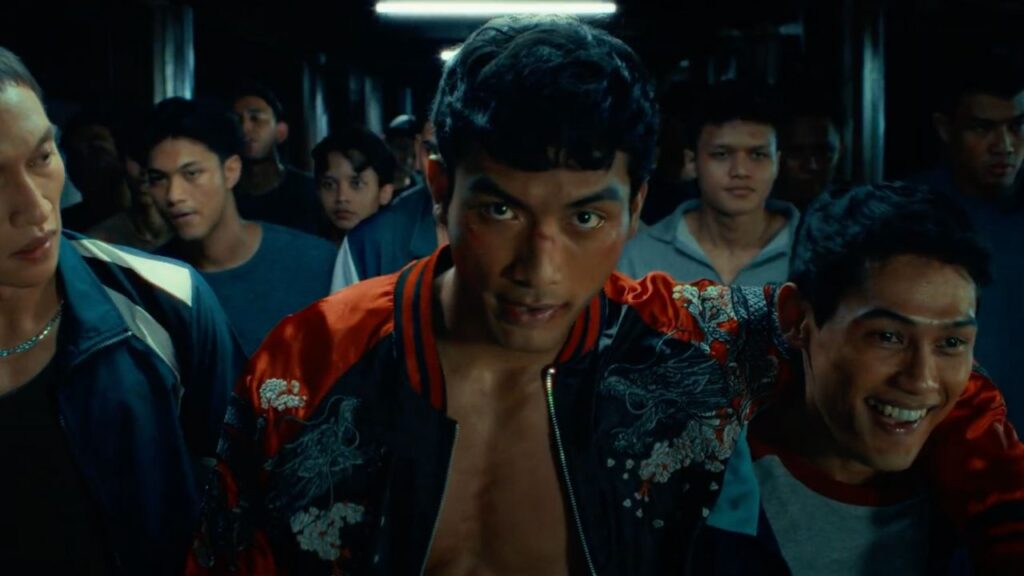
Kahar: Kapla High Council is a prime example of a well-executed spin-off, clearly drawing inspiration from the original series, while adding its own unique flavor. If you’ve seen the series, you’ll notice the film often mirrors many of its key elements. These parallels act as an effective storytelling device for the franchise while also offering fans intriguing reminders of what made the original so captivating.
The film, for example, also tells the tale of two brothers — polar opposites — whose bond is tested and ultimately broken. But while the show explored a family torn apart by a bitter divorce, the film shifts focus to brothers trapped in a cycle of generational trauma.
The film also expands the universe by introducing fresh elements that complement the existing lore. This is particularly evident in its exploration of the power imbalances between Beja, the seemingly perfect prefect, and Megat, the Kapla who, despite his title, is little more than a figurehead for the true authority wielded by Beja. To further delve into this theme, the film introduces another addition to the school’s long list of traditions: “kudeta” (coup d’état), which, as the name suggests, allows for the overthrow of a Kapla.
While a similar concept appeared in the original series, Fakhri’s “rebellion” was more of a revolution aimed at dismantling the High Council entirely. In contrast, “kudeta” is a formalized tradition within the system, allowing students to seize power without directly challenging the High Council’s structure.
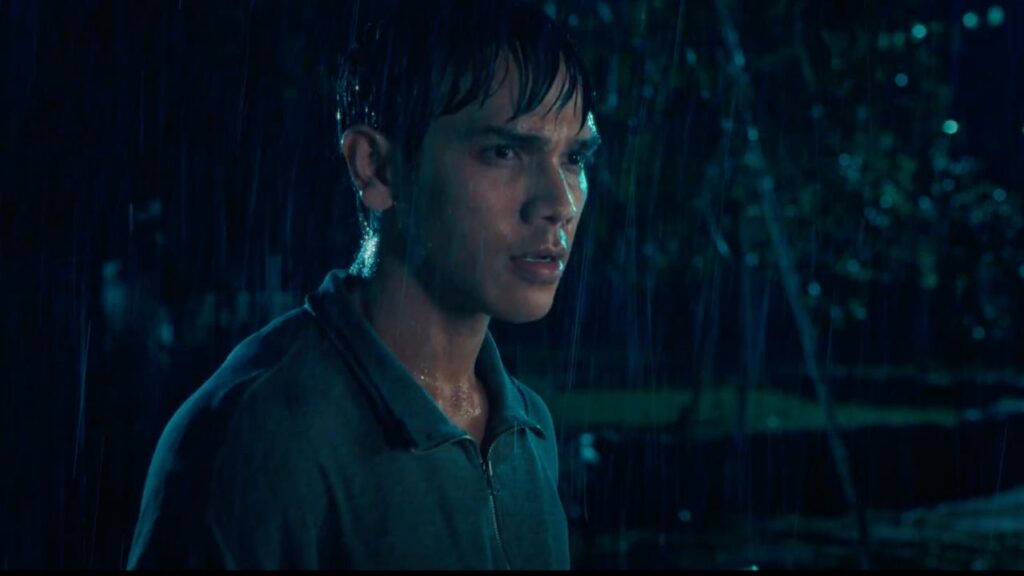
What Kahar: Kapla High Council also succeeds in doing is crafting a simultaneous prequel and sequel that seamlessly ties into the original timeline. What it doesn’t do, however, is match the show in its critique of bullying culture. Despite featuring multiple fight scenes, the series consistently maintained a critical tone, offering various moral perspectives to condemn such behavior. The film, on the other hand, seems to lack that ongoing critique.
This could be a conscious storytelling choice, or perhaps not, but it’s worth considering that the series primarily explored the perspectives of Fakhri and Naim — both of whom were critical of the school’s traditions at different points in time. Since Kahar seeks freedom within the High Council’s setting, he likely wouldn’t view the violence as purely negative.
While all of this is undeniably entertaining, I do wonder whether the fight scenes should have been choreographed differently, as they currently resemble professional wrestling matches, and appear a little too polished. This made them feel rather unrealistic for the film’s high school setting and contributed to a glamorization of violence.
While it’s reasonable to assume that those vying to become the next Kapla might be more skilled fighters than the average student, the fights could have better reflected the reality and rawness of teenage conflict. Seeing the boys fight like actual boys — rather than trained adults — would have more effectively underscored the disturbing nature of the High Council’s existence.
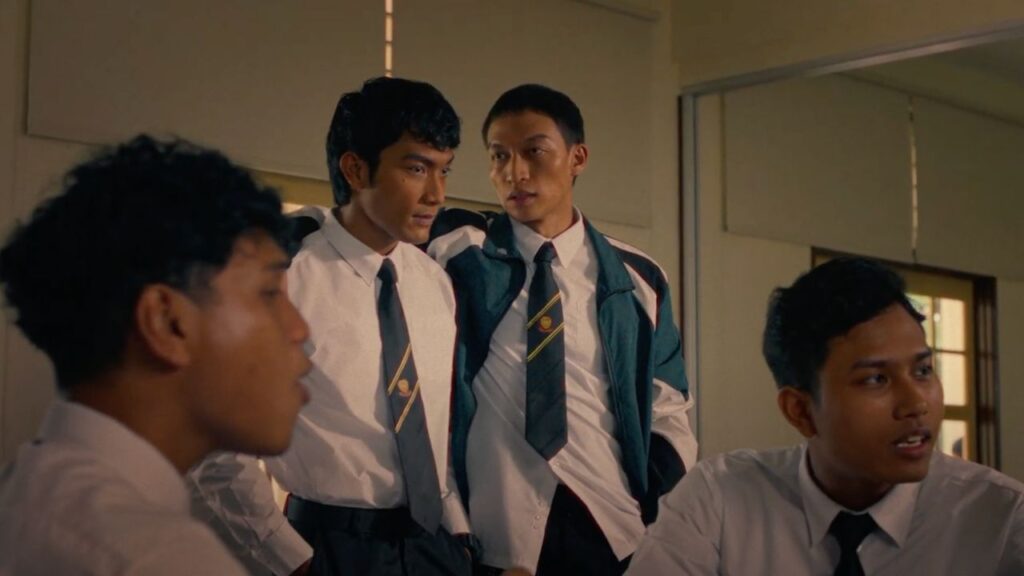
There is, however, one area in which Kahar: Kapla High Council truly excelled, and that was in its exploration of the intricate overlap of multiple antagonists who inadvertently pushed Kahar down his dark path. A disappointed and abusive father, an overachieving older brother harboring a sense of superiority, and a friend who offers a listening ear while planting seeds of negativity — certainly not the ideal combination for developing a healthy sense of self.
The depiction of Kahar’s redemption arc, intertwined with flashbacks of his rise to becoming a bully, skillfully plays with our emotions. We are constantly questioning his decisions while coming to terms with the undeniable fact that he is a product of his upbringing. And, wouldn’t you know it, we might even find ourselves rooting for him to claim the spot that will eventually position him as the antagonist in the original series.

The film, while not quite on par with the quality of the series, is nevertheless a truly strong addition to the franchise. And while there are some nitpicks that cast a shadow over the production, it still remains an engaging watch overall.
Another testament to the success of Kahar: Kapla High Council is how teasers of further expansion into the High Council universe only serve to ramp up our excitement. While some spin-offs may make audiences question if they’ve overstayed their welcome, the High Council stories have so much untapped potential. Fans not only recognize this but also trust that any new additions will be handled with the same care as this film.
As for now, here’s to cheering for Kahar — the final Kapla of the High Council, and the only one wise enough to finally put an end to it all.

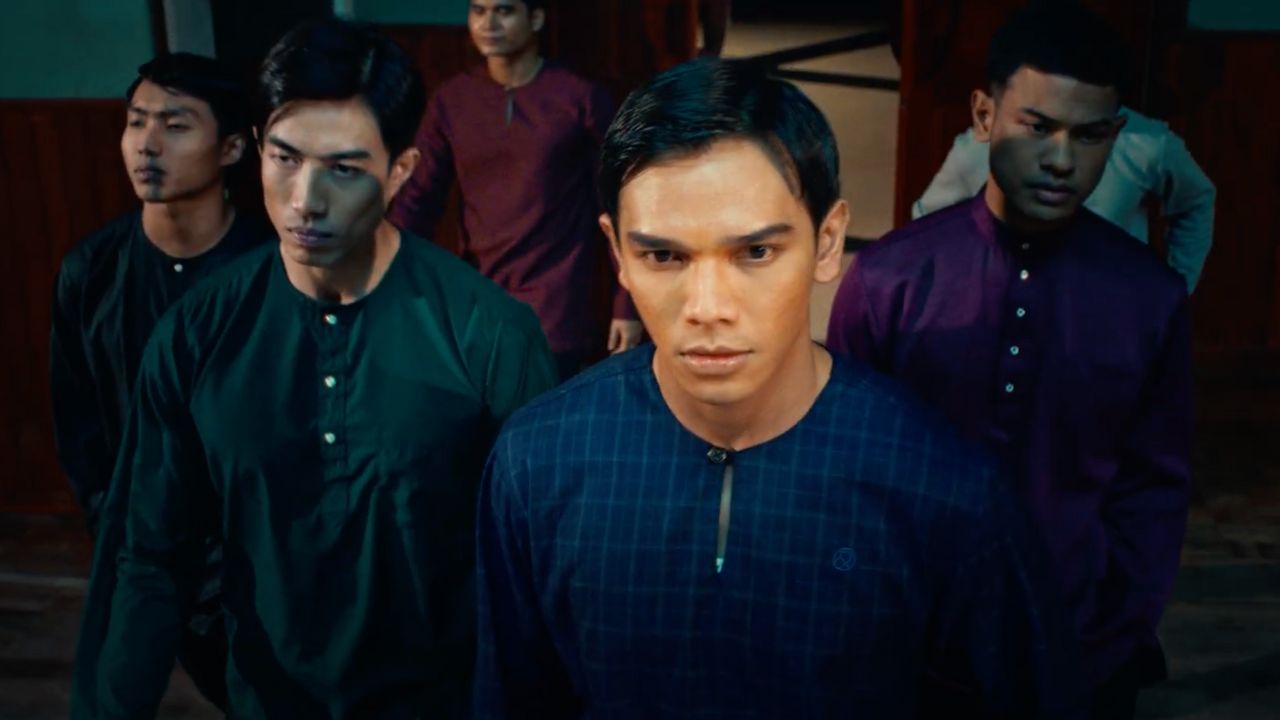

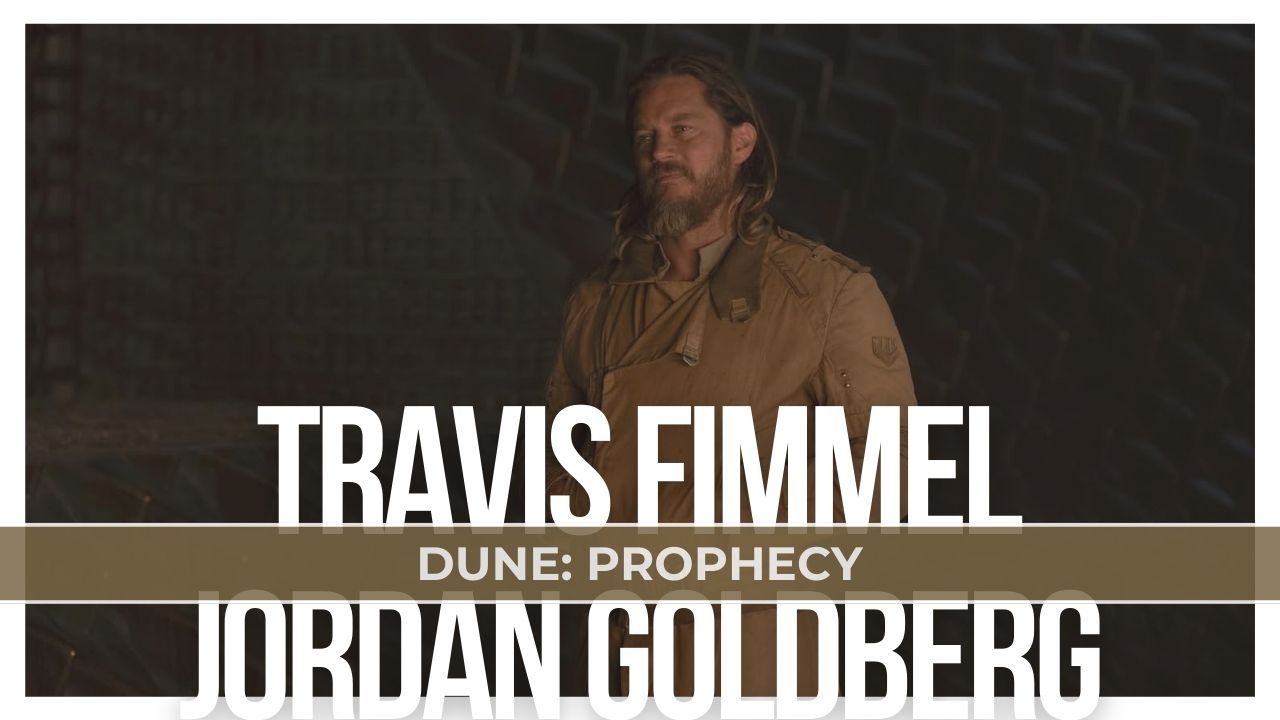
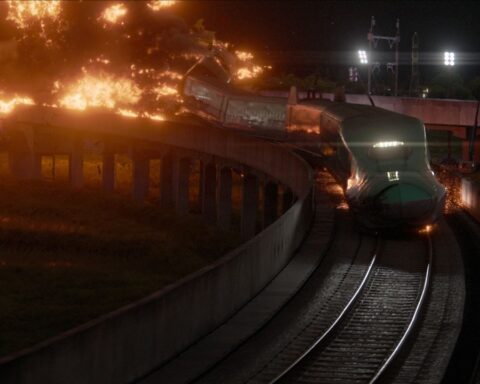


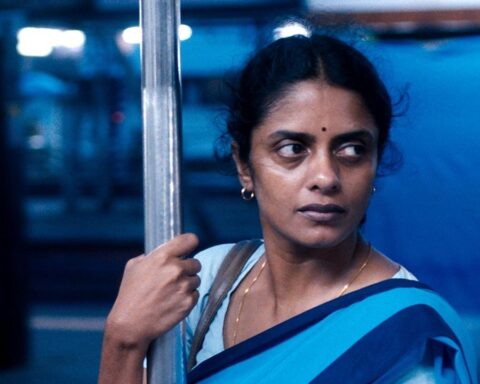

Follow Us